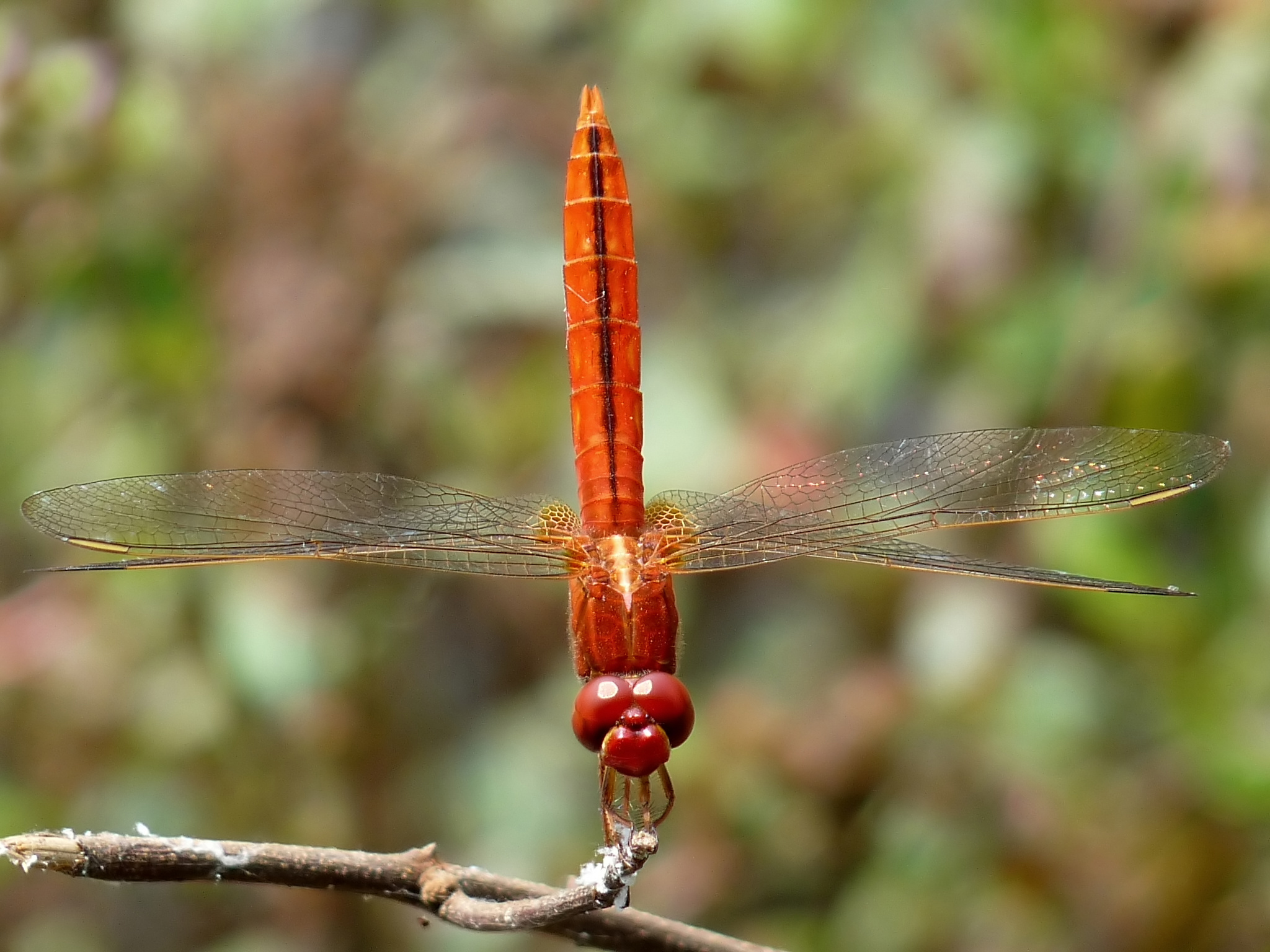7667766266
enquiry@shankarias.in
Coccolithophores
Seabed 2030 Project
GEBCO
Navigating the New Normal
Dhruva Chip
Crocothemis servilia

Kole Wetlands
Guidelines on Exotic Animals
Click here to know more about Advisory on Import of Exotic Animals
Source: Indian Express, the Hindu, Business Standard